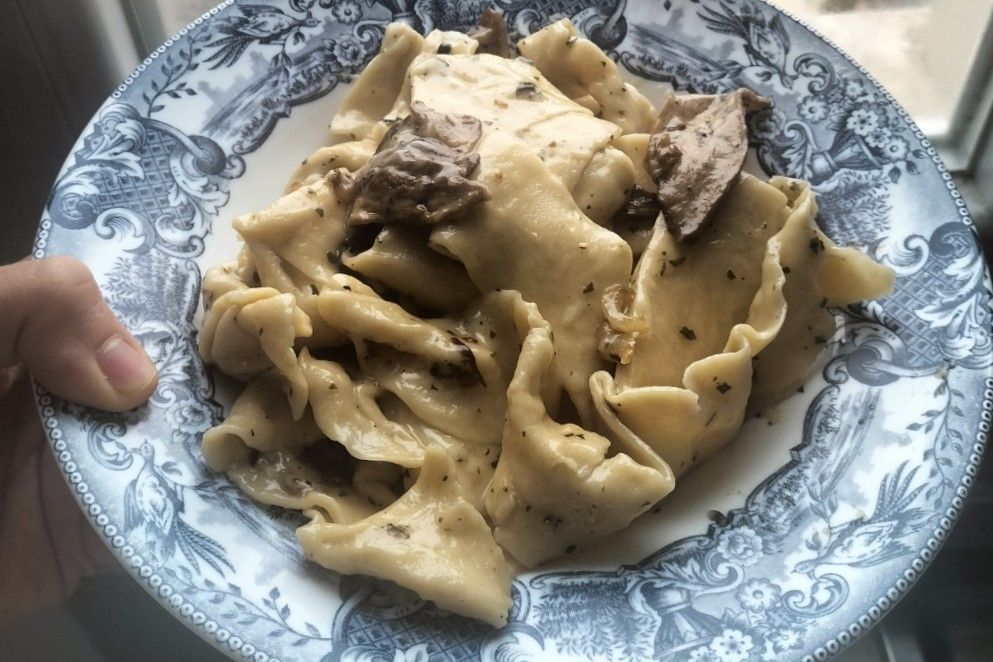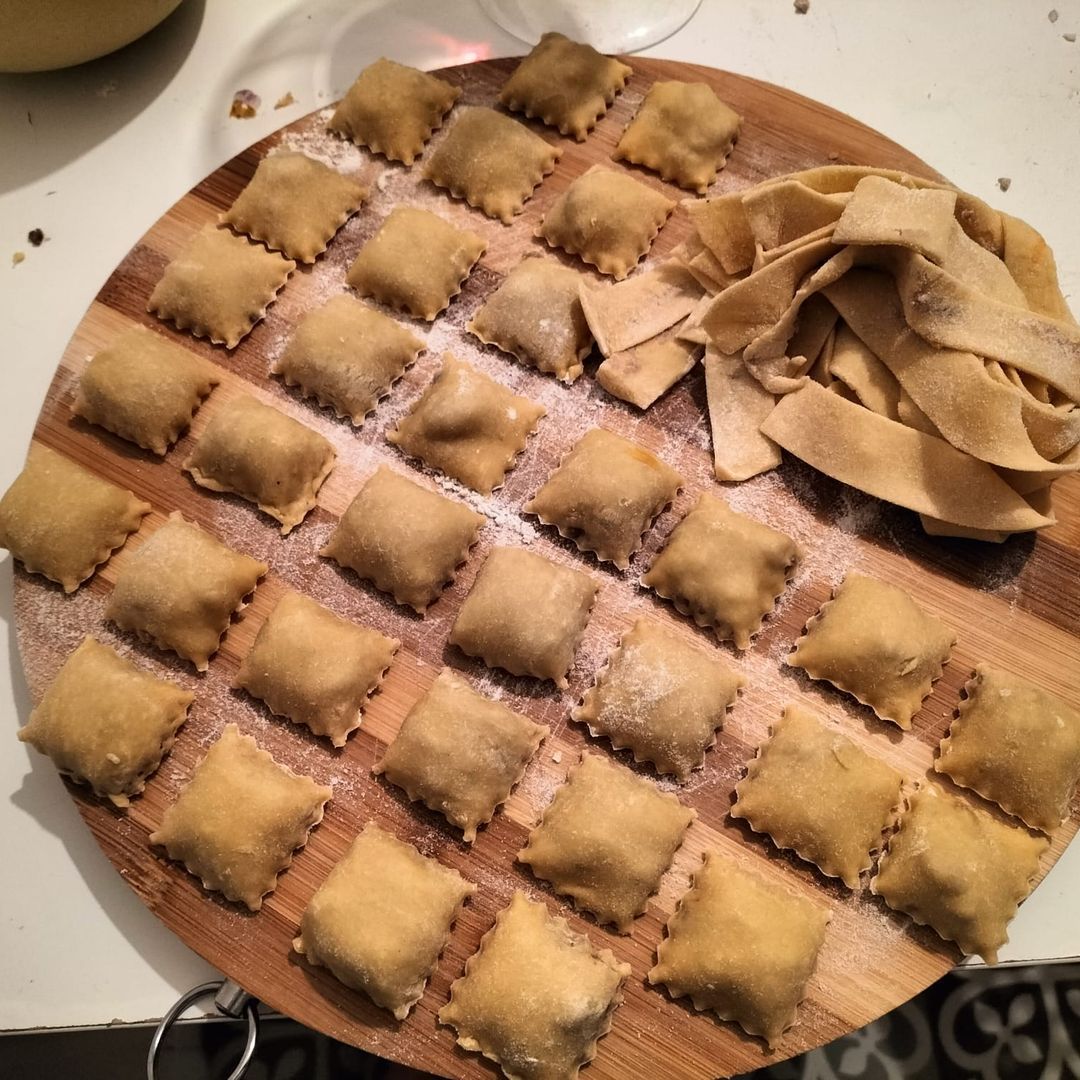A Journey into the World of Pasta: Tradition, Curiosity, and Wonder

Imagine a lavishly laid table, the scent of sauce filling the room, and a steaming plate of pasta taking center stage. Theres no food more iconic and beloved than pasta: a universal symbol of Italian cuisine that has won hearts (and stomachs) around the world. But have you ever wondered where pasta really comes from? How did it become the queen of our tables? And what curiosities lie behind every forkful?
A journey through time: the origins of pasta
Contrary to popular belief, pasta did not originate in Italy. There are traces of similar foods as far back as ancient China, where Marco Polo reportedly brought a primitive version of noodles to the West during his travels in the 13th century. But beware! Italy, well before the Venetian explorer, already had a tradition of wheat processing. The ancient Romans, for example, prepared a type of pasta called lagana, an ancestor of modern lasagna. During the Middle Ages, with the arrival of the Arabs in Sicily, a food called itriyya became popular: a dried pasta that could be stored for a long time, perfect for sea voyages. And it was precisely in Sicily that the tradition of producing dried pasta was born, thanks to the warm, breezy climate ideal for drying.
From a poor mans food to an emblem of conviviality
Pasta has always been considered a democratic food, accessible to all, rich and poor alike. During the Renaissance, however, it also became a luxury food, served in Italian courts with elaborate sauces. It was only with the invention of the mechanical press in the 17th century that pasta production began to become more accessible, giving rise to the first specialized workshops. Meanwhile, the marriage of pasta with tomato—which today seems obvious—only came about in the 18th century, when tomatoes were embraced as an edible ingredient. And it was an immediate success!
Shapes and Names: A Universe of Creativity
Have you ever wondered why there are so many different pasta shapes? From spaghetti to fusilli, from orecchiette to tortellini, each shape has a history and a specific function. Spaghetti, for example, is perfect for rich sauces, while conchiglie are ideal for capturing creamy sauces. But some stories behind pasta names are truly curious. Did you know that maccheroni derives from the Greek makaria, meaning blessed food? And that tortellini is said to have been inspired by... Venuss navel? A Bolognese chef, captivated by the beauty of the goddess, wanted to reproduce the perfection of her shape. And so one of the most beloved pasta shapes was born.
A global success: pasta conquers the world
Today, pasta is one of the most consumed foods in the world, with over 16 million tons produced annually. Italy remains the undisputed homeland of pasta, but curiously, Venezuela is one of the largest per capita consumers outside of Europe. Pasta is not just food, but a universal language. Every culture has reinterpreted this dish in its own way: think of American mac and cheese, carbonara reinvented in a thousand variations, or Asian noodle dishes that combine Italian ingredients in innovative fusions.
Pasta today: tradition and innovation
If you think pasta is an immutable food, youre wrong! In recent years, innovative variations have emerged: from gluten-free pasta to legume pasta, to versions made with chestnut or chickpea flour. Furthermore, chefs and artisanal pasta makers are rediscovering ancient wheat varieties like Senatore Cappelli, to ensure an authentic and nutritious flavor. And what about pasta experiences? More and more people are traveling to Italy to learn how to make fresh pasta by hand, from ravioli to tagliatelle sheets. Its an art that encompasses ancient techniques and a magic that transforms simple ingredients into a masterpiece. Below is my recipe for stuffed ravioli.

Ravioli fatti in casa
Ravioli fatti in casa, con sfoglia sottile e ripieno ricco: un abbraccio di sapori autentici, perfetti con burro e salvia o un sugo semplice. Tradizione italiana in ogni morso.
Tempo di preparazione
30 minutiTempo di cottura
5 minutiRiposo
30 minutiPorzioni
MediaDose
2Strumenti
Padella, PentolaIngredienti
1 Disponi la farina a fontana e fai un buco al centro. Rompi le uova e sbattile grossolanamente. Incorpora la farina mescolando energicamente. Quando avrai ottenuto un impasto omogeneo copri con la pellicola e lascia riposare per mezz'ora.
2 Per il ripieno cuoci la carne trita in una padella. A parte fai un brodo facendo rosolare in una noce di burro lo scalogno, l'aglio e la carota grattugiata. Unisci un cucchiaino di maizena e uno di dado granulare. Aggiungi un bicchiere di acqua e mescola. Quando si sarà addensato unisci alla carne. Aggiungi un altro bicchiere d'acqua e lascia cuocere per qualche minuto. Quindi spegni la fiamma ed incorpora il parmigiano grattugiato. Lascia raffreddare del tutto.
3 Tira la pasta con l'aiuto di un mattarello o di una macchina per la pasta. Quindi prepara i ravioli adagiando il ripieno su una sfoglia sulla quale ne adagiate un'altra. Imprimete la forma dei ravioli con una formina (in alternativa potete premere i due strati e tagliare con una rotella o un coltello).
4 Cuocete in acqua bollente e salata per 3/4 minuti. Quindi passateli in una padella con una noce di burro fuso, della salvia e del pepe. Unite mezzo mestolo di acqua di cottura e saltate. Servite caldo.
The magic of pasta: more than a dish, a culture
Pasta isnt just food. Its a moment of sharing, a gesture of love, a tradition renewed every time someone kneads, mixes, or cooks. Its the symbol of a cuisine thats simple yet never banal, capable of telling stories and bringing people together around the table. The next time you find yourself enjoying a plate of spaghetti with tomato sauce or a fresh pasta salad, pause for a moment. Think about the history that dish carries with it, the passion of those who invented every shape, every recipe, every detail. And remember: every forkful is a journey through time, a taste of culture, and an experience that—even after centuries—never ceases to amaze.

flavio_campaniolo
Data di inserimento 28 nov 2024
Report article


Comments
There are no comments yet.